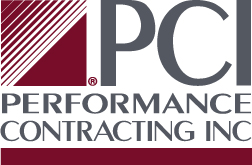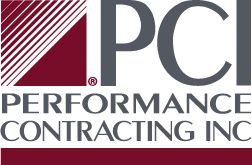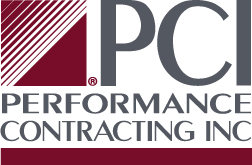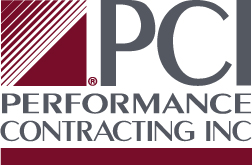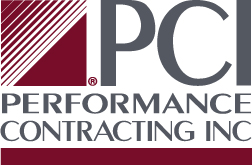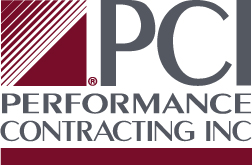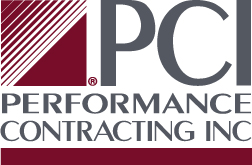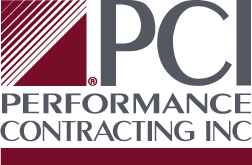Title Page
-
Document No.
-
Lift Type/Number
-
Client / Site
-
Conducted on
-
Occupant
-
Second Occupant (If Applicable)
-
Spotter
-
Location
Familiarization Before Use
-
1. Knows location of manual storage compartment?
-
2. Knows location of and is familiar with the Operators and ANSI manuals?
-
3. Understands the purpose and function of all controls, placards and warning?
-
4. Is aware of and understands all safety devices and operating characteristics specific to the model of AWP being used?
Visual Checks
-
1. Overall Cleanliness
-
2. Operators and ANSI Responsibilities Manual
-
3. Safety Devices
-
4. Personal Protective Devices
-
5. Air System / Leaks
-
6. Hydraulic System Level / Leaks
-
7. Battery Connection
-
8. Fuel Level / Battery Charge Level
-
9. Fuel Leaks
-
10. Engine Oil Level / Leaks
-
11. Cables & Wiring Harness
-
12. Loose / Missing Parts
-
13. Tires / Wheels
-
14. Placards / Decals, Warning, Control Markings
-
15. Outriggers, Stabilizers, Extendable Axels & Other Structures
-
16. Guardrail System
-
17. Mast / Bucket Condition
-
18. Fire Extinguisher
-
19. Items Specified by Manufacturer
Operational / Functional Checks
-
1. Check Surroundings for Hazards
-
2. Ground Controls
-
3. Platform Controls
-
4. Horn
-
5. Hazard Warning Signal
-
6. Steering
-
7. Hydraulic Controls
-
8. Travel Controls
-
9. Outriggers / Stabilizers / Extendable Axels
-
10. Load / Capacity Charts
-
11. Brakes
-
12. Power / Emergency Stop
-
13. Guardrails / Gates / Chains
-
14. Emergency Descent / Auxiliary Power
-
15. Appropriate Safety Gear for Work / Environment
Evaluating Work Area
-
1. Is the AWP correct for the job?
-
2. Are the operator and occupant trained?
-
3. Have you walked your work area, inspected it, and planned an evacuation route?
-
4. Working around live systems or equipment? Stay 10 ft. away or notify someone to lockout?
-
5. Any overhead obstructions/crushing hazards?
-
6. Is the surface of sufficient strength to with-stand all floor/ground load forces?
-
7. Are there narrow aisles/restricted places?
-
8. Are there ramps or other sloped surfaces?
-
9. Are there drop-offs or holes, including those concealed by water, ice, mud, etc?
-
10. Are there bumps or floor obstructions?
-
11. Is debris, housekeeping an issue? If so, clean the area.
-
12. Operating in a hazardous environment, or in a closed area to create one?
-
13. Are there pedestrians, other moving equip., or unauthorized persons in the area?
-
14. Are barricades or traffic control required?
-
15. Are spotters needed and are they trained?
-
16. Will wind/weather conditions be a factor? If so, wind limited to 25-28 mph.
-
17. Work plan coordinated with all crafts in area?
-
18. Other possible unsafe conditions?
Are Any Of the Following Required?
-
Work Permit
-
Lock Out/Tag Out Permit
-
Hot Work Permit
-
Lanyard
-
Double Lanyard
-
SRL
-
Tool Lanyard
-
Signage
Special Training required for this task?
-
Fall Protection
-
Spotter Training
-
Permits/Protocol
Signatures
-
Operator
-
Spotter
